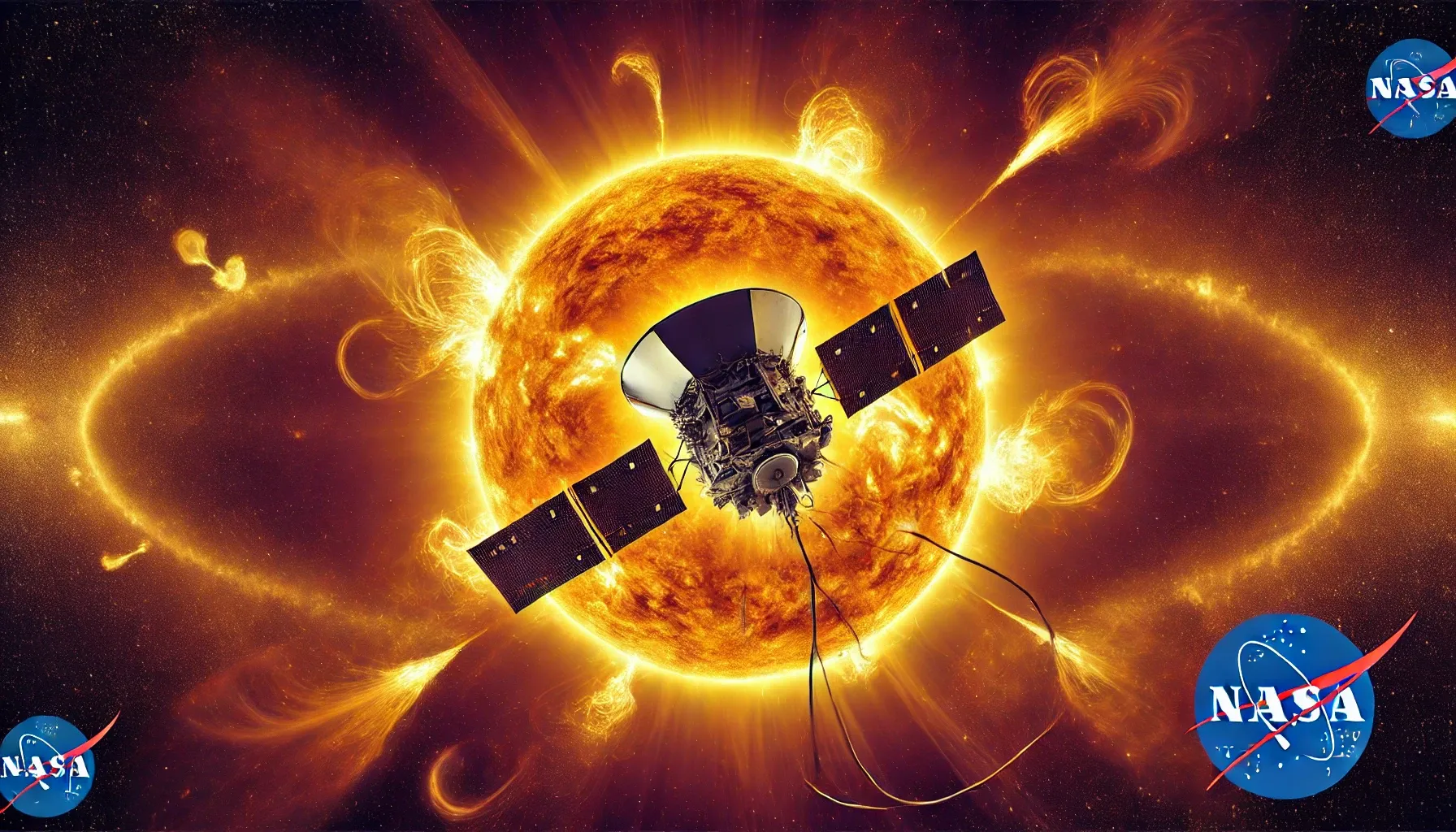NASA’s Parker Solar Probe: A Historic Journey to the Sun
NASA’s Parker Solar Probe has made history by venturing closer to the Sun than any human-made object before it.

In a landmark achievement, NASA’s Parker Solar Probe has set a new record by flying closer to the Sun than any human-made object in history. Launched in August 2018, the probe’s mission is to study the Sun’s outer atmosphere, or corona, and unlock the secrets of the star that fuels life on Earth. Its journey is a testament to human ingenuity and perseverance, marking a turning point in solar research and technological innovation.
The Quest for the Sun
The Parker Solar Probe’s primary objective is to answer fundamental questions about the Sun. Why is the corona significantly hotter than the Sun’s surface? What drives the solar wind, the stream of charged particles emitted by the Sun? These questions have puzzled scientists for decades, and the Parker Solar Probe was designed to provide answers.
To achieve its mission, the spacecraft was built to withstand unimaginable conditions. As it approached the Sun, its heat shield—a marvel of engineering—faced temperatures exceeding 980°C (1,800°F), while its scientific instruments remained safely at about 29°C (85°F). The shield’s unique carbon-composite material and advanced cooling systems allowed the probe to survive and thrive in this extreme environment.
Historic Milestone
In December 2024, the Parker Solar Probe reached an unprecedented proximity to the Sun, venturing within 4.5 million miles of its surface. At this distance, the spacecraft not only braved intense heat but also navigated through the Sun’s magnetic field and plasma environment, collecting data that would be impossible to gather from Earth.
One of the mission’s most striking discoveries involves the solar wind. The probe detected fine structures within the wind that hinted at its origins in the corona. This data could help scientists understand the mechanisms behind space weather events, which have a direct impact on Earth’s technology, including satellites, power grids, and communication networks.
Technological Triumph
The Parker Solar Probe’s success underscores the power of innovative engineering. Its heat shield, known as the Thermal Protection System (TPS), is one of the most significant achievements of the mission. The TPS not only enabled the spacecraft to survive the Sun’s heat but also paved the way for future missions to explore extreme environments.
Equally impressive is the probe’s ability to operate autonomously. With no room for error in such an intense environment, the spacecraft was designed to make real-time adjustments to its trajectory and instruments. This capability was essential for ensuring the success of its daring maneuvers around the Sun.
Implications for the Future
The data collected by the Parker Solar Probe has far-reaching implications. By understanding the Sun’s behavior, scientists can better predict solar storms and their impact on Earth. This knowledge is crucial as our reliance on space-based technologies grows. Moreover, the mission provides a foundation for future explorations of the Sun and other stars, potentially advancing our understanding of stellar physics and the universe itself.
A Legacy of Exploration
The Parker Solar Probe’s journey is a reminder of humanity’s relentless pursuit of knowledge. Named after Dr. Eugene Parker, the pioneering astrophysicist who predicted the existence of the solar wind, the mission honors his legacy while inspiring a new generation of scientists and engineers.
As the spacecraft continues its orbits around the Sun, each closer than the last, it promises to unveil more of the Sun’s secrets. The Parker Solar Probe stands as a symbol of human curiosity and innovation, proving that no distance is too vast and no challenge too daunting in the quest to understand our universe.
